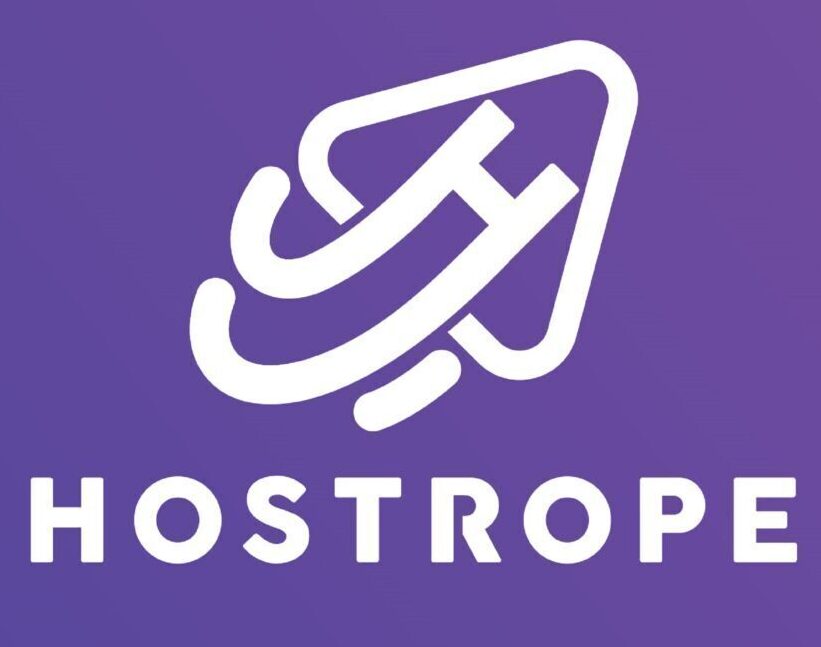Entering the world of eCommerce can be exciting but overwhelming, especially for new entrepreneurs. With a unique set of jargon and industry-specific terms, understanding the basics is critical to effectively running and scaling your online business. Here’s a comprehensive guide to the most important eCommerce terminology every entrepreneur should know.
General eCommerce Terms
1. eCommerce Platform
An eCommerce platform is the software used to build and manage your online store. Popular platforms include Shopify, WooCommerce, and Magento. These tools offer features like website design, product listing, payment processing, and marketing integrations.
2. Omnichannel
Omnichannel refers to providing a seamless customer experience across multiple channels—whether it’s your website, mobile app, social media, or physical store. For example, a customer might browse on their phone, add items to their cart, and complete the purchase on a desktop.
3. Dropshipping
Dropshipping is a fulfillment model where the retailer doesn’t stock products. Instead, items are shipped directly from the supplier to the customer. This eliminates inventory costs but requires careful supplier management.
4. Marketplace
An online marketplace is a platform where multiple sellers list their products, such as Amazon, eBay, or Etsy. Entrepreneurs often use marketplaces to reach a larger audience quickly.
Website and User Experience (UX)
5. Responsive Design
A website with a responsive design adapts to different screen sizes, providing a seamless experience across desktops, tablets, and smartphones. This is essential as mobile shopping continues to grow.
6. Conversion Rate
Your conversion rate is the percentage of visitors who complete a desired action, such as making a purchase or signing up for a newsletter. A higher conversion rate indicates better engagement and user experience.
7. Bounce Rate
The bounce rate is the percentage of visitors who leave your website after viewing just one page. A high bounce rate often signals poor design, slow loading times, or irrelevant content.
Marketing and Sales
8. Customer Lifetime Value (CLV)
The Customer Lifetime Value is the total revenue you can expect from a single customer over the course of their relationship with your brand. Increasing CLV often involves improving customer satisfaction and encouraging repeat purchases.
9. Average Order Value (AOV)
AOV measures the average amount customers spend per transaction. Boosting AOV can be done through strategies like upselling, bundling, or offering free shipping for higher-value orders.
10. Cart Abandonment Rate
This metric indicates the percentage of customers who add items to their cart but leave the site without completing a purchase. Common solutions include sending cart recovery emails or optimizing the checkout process.
11. Search Engine Optimization (SEO)
SEO is the practice of optimizing your website to rank higher in search engine results, driving organic (non-paid) traffic to your store. Key aspects include keyword research, content creation, and technical optimization.
12. Pay-Per-Click (PPC)
In a PPC advertising model, you pay a fee each time someone clicks on your ad. Examples include Google Ads and Facebook Ads, which can drive traffic and sales quickly but require careful budget management.
Payment and Security
13. Payment Gateway
A payment gateway processes online payments securely. Examples include PayPal, Stripe, and Square. Choose a reliable gateway to build customer trust and ensure seamless transactions.
14. SSL Certificate
An SSL certificate ensures that data exchanged between your website and its users is encrypted, enhancing security. Websites with SSL show a padlock icon in the browser and use “https://” in the URL.
15. PCI Compliance
PCI compliance refers to adhering to security standards for handling credit card transactions safely. It’s a must for any eCommerce business processing online payments.
Logistics and Fulfillment
16. Order Fulfillment
Order fulfillment encompasses receiving, processing, and shipping customer orders. Efficient fulfillment is crucial to meeting customer expectations and maintaining satisfaction.
17. SKU (Stock Keeping Unit)
An SKU is a unique code used to identify and track individual products in your inventory. It helps with organization, inventory management, and reporting.
18. Inventory Management
Inventory management involves tracking stock levels and ensuring you have the right products available at the right time. Tools like Shopify’s inventory system or third-party apps can automate this process.
19. Return Merchandise Authorization (RMA)
An RMA system handles product returns, exchanges, and refunds. It provides a structured process for resolving customer issues and maintaining satisfaction.
Metrics and Analytics
20. Gross Merchandise Value (GMV)
GMV is the total value of products sold over a specific period. It’s a key metric for measuring overall sales performance, especially for marketplaces.
21. Key Performance Indicators (KPIs)
KPIs are measurable values that indicate how effectively your business achieves its objectives. Common eCommerce KPIs include website traffic, sales, and customer retention rates.
22. Customer Acquisition Cost (CAC)
The CAC is the cost of acquiring a new customer through marketing and sales efforts. Lowering CAC often involves refining your marketing strategy or improving word-of-mouth referrals.
23. Net Promoter Score (NPS)
NPS measures customer loyalty by asking how likely customers are to recommend your business to others. It’s a simple but powerful tool for gauging customer satisfaction.
Why Understanding These Terms Matters
Being familiar with these terms allows you to communicate effectively with industry professionals, understand analytics reports, and make informed decisions for your eCommerce business. As you grow, this knowledge will help you adapt quickly to changing trends and technologies.
By mastering these terms and applying the concepts behind them, you’ll set a strong foundation for building a thriving eCommerce business.
Conclusion:
eCommerce is an ever-evolving industry, and staying informed is key to success. Bookmark this glossary and revisit it whenever you encounter unfamiliar terms. If you’d like to dive deeper into any of these topics, feel free to reach out or explore more on our blog!













Sweet internet site, super design and style, very clean and utilise friendly.